We are minutes away from landing at Paro International Airport in Bhutan, and there is much excitement at the sight of the Himalayas on the left side of the aircraft. Very soon the plane will follow the narrow river valley path to land in one of the most challenging airports in the world. Once on the ground, the beauty of the place, the dry, pure air and the smiles of the Bhutanese people remind us that we have reached “the last Shangri-La,” this small Himalayan Kingdom also known as “the land of the thunder dragon.”
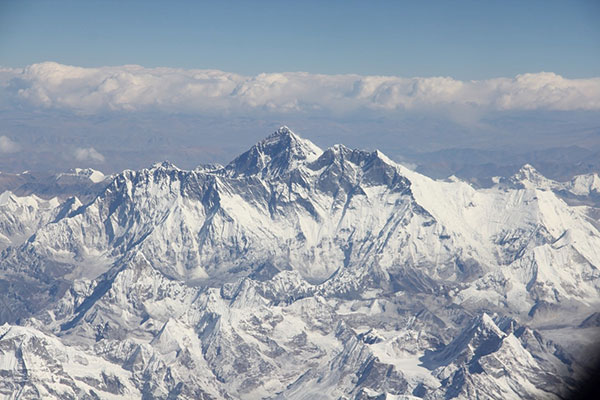
We are coming from different organizations that have created a Global Consortium on Leadership for Results in Conservation (L4RC). The consortium includes the Smithsonian Institution, George Mason University, Clemson University, the Park Service Institute at the University of California Merced, and the Sierra Nevada Research Institute, and the World Bank Institute.
We will remain in Bhutan for two weeks to deliver a leadership development seminar, jointly organized with the Royal Government of Bhutan. Dr. Powel and Dr. Sharma from the Department of Parks, Recreation and Tourism Management of Clemson University are part of the international faculty.
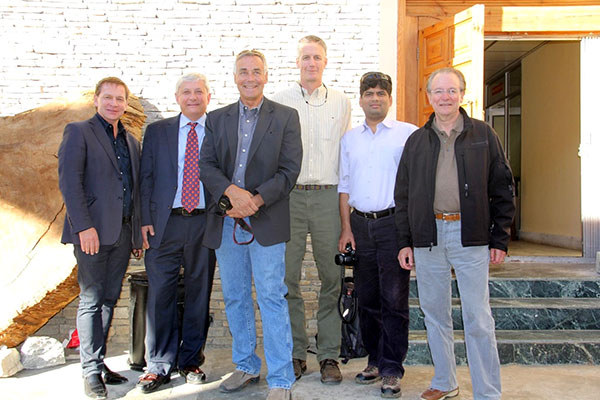
Bhutan is best in class in conservation. The Constitution of the Kingdom of Bhutan requires that at least sixty percent of the country be maintained under forest cover at all times: “The Government shall ensure that, in order to conserve the country’s natural resources and to prevent degradation of the ecosystem, a minimum of sixty percent of Bhutan’s total land shall be maintained under forest cover for all time.”
Presently, 72% of Bhutan is forested and more than a third of the country falls within the protected area network. Environmental conservation continues to be recognized as one of the four pillars of the Gross National Happiness (GNH), the guiding development philosophy of the country. The GNH Index provides an overview of performance across 9 domains of GNH (psychological wellbeing, time use, community vitality, cultural diversity, ecological resilience, living standard, health, education, good governance).
A year ago, the Royal Government of Bhutan hosted the 2nd Asian Ministerial Conference on Tiger Conservation in collaboration with the Global Tiger Initiative (GTI), an alliance of governments, international agencies, civil society, and the private sector united to save the wild tigers from extinction. In that conference, ministers from the thirteen tiger-range (Bangladesh, Bhutan, Cambodia, China, India, Indonesia, Lao PDR, Malaysia, Myanmar, Nepal, Russia, Thailand, Vietnam) countries reaffirmed their commitment to collective action and political leadership and adopted the Thimphu Affirmative Nine-Point Action Agenda on Tiger Conservation. One of the most important commitments in the declaration called for developing capacity of front line staff, improving recognition of their work, and directing more resources to support their efforts.
The Government of Bhutan quickly turned to the Global Consortium on Leadership for Results in Conservation to design a program to build the capacity of reform-minded policymakers and conservation practitioners. The program focuses on national parks as generators of growth and prosperity: they foster strong local economies, reduce vulnerability to unanticipated shocks, create stable jobs and alleviate rural poverty.
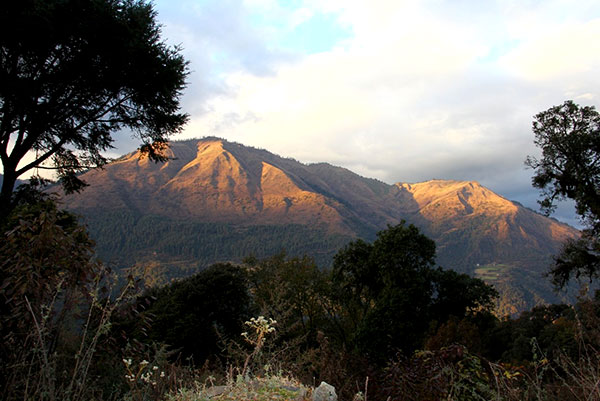
Once the leadership seminar convened, we as international faculty became very quickly acquainted with the Bhutanese faculty and the participants. These are some of the best and the brightest conservation professionals from across the main Regions in Bhutan, engaged in turning policy reform into action on the ground. They come from the Department of Park and Forests, Local Governments, Customs, Police, Research and Academia, with a mix of experienced leaders/managers and emerging leaders.
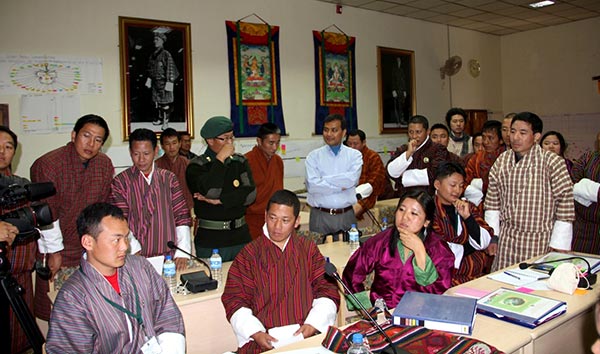
For seven days, the two groups exchanged ideas on some of the most important challenges Bhutan faces, such as sustaining national parks and protected areas, encouraging incentive-based conservation and ecotourism, reducing human wildlife conflict, limiting wildlife crime, leveraging conservation innovation and technology, and implementing smart green infrastructure. We also discussed the basic dimension of leadership development to equip the Bhutanese with specific tools to respond to the adaptive challenges they face. The participants also worked on specific project initiatives relevant to their protected areas.
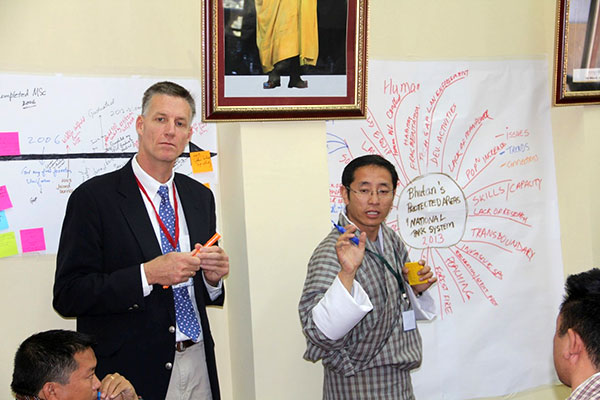
This exchange between international faculty and Bhutanese experts expanded the traditional training seminar model. It was highly interactive, alternating short lectures with discussion and daily team-based project work. We engaged into group exercises in and outside the classrooms, debriefed case studies and analyzed short videos on leadership in conservation. Altogether, six teams of about eight to ten Bhutanese leaders met daily to zero in on a specific challenge, identify key stakeholders through a mapping exercise, select specific strategic engagement and communications plans to address the challenge, and target changes they will focus upon in the next year.
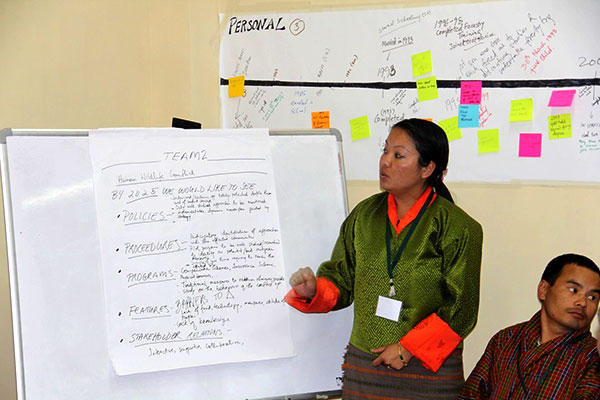
In the next twelve months, the conversation will continue and the joint Bhutanese and international faculty will support the participants as they implement these projects. The main vehicle for this collaboration will be the Open Park Network (OPN), a virtual platform developed by the Institute for Parks at Clemson University and the Clemson University Libraries. OPN provides data, just in time knowledge, discussion space, as well as a range of mapping tools, and social media platforms to leverage knowledge and resources more effectively for stewardship of natural and cultural assets worldwide.
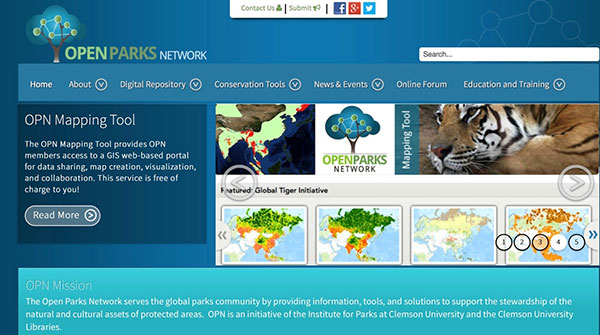
Following the seminar, some of the international faculty travelled to Phobjika Valley in Central Bhutan to better understand the challenges that conservation leaders face in Bhutan. This is an amazing U-shaped glacial valley, where the impressive Gangteng Monastery is located.
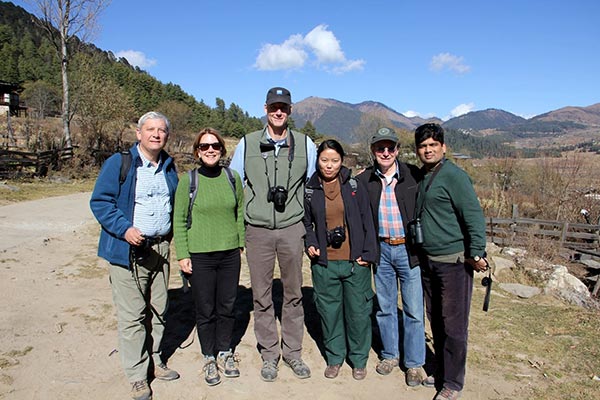
It is also the place where Black-necked Cranes migrate from the Tibetan Plateau to Bhutan during the winter season to roost. They are classified as Vulnerable on the red list of the International Union for Conservation of Nature (IUCN), because they have a single small population in decline owing to the loss and degradation of wetlands and changing agricultural practices in both its breeding and wintering grounds. We spent hours watching the cranes and their dance rituals.
The International Union for Conservation of Nature (IUCN) Red List of Threatened Species is widely recognized as the most comprehensive, objective global approach for evaluating the conservation status of plant and animal species. The introduction in 1994 of a scientifically rigorous approach to determine risks of extinction that is applicable to all species, has become a world standard.
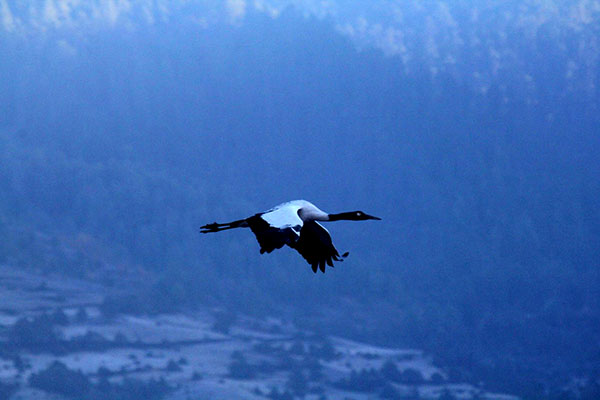
On the way back from Phobjika Valley, we saw many different types of birds, yacks, and, of course, the Gray langurs or Hanuman langurs.
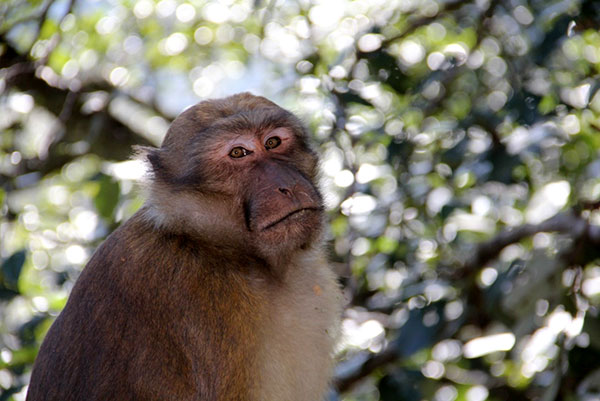
We left Bhutan with many great memories, but more importantly with so many new insights from the Bhutanese conservation leaders. Bhutan continues to inspire all of us in the international conservation community for its stewardship of natural capital and biodiversity.
